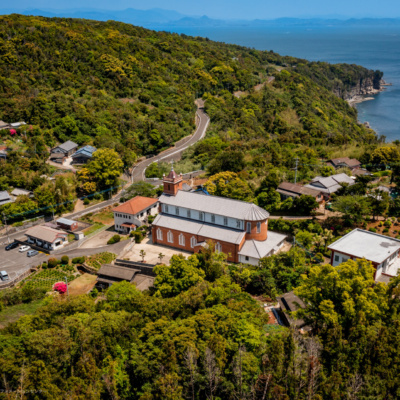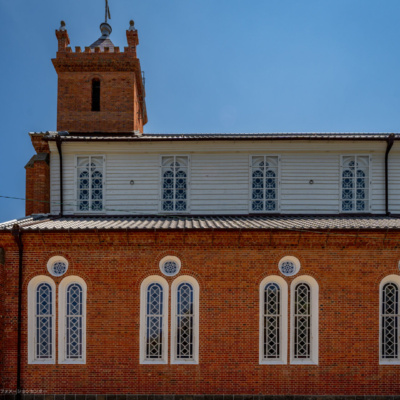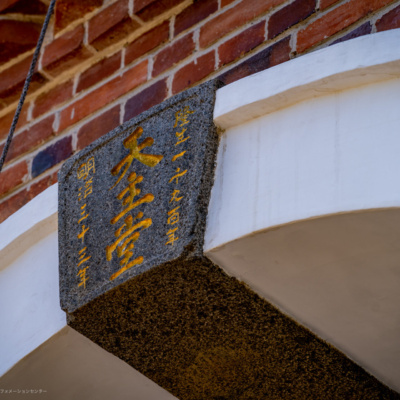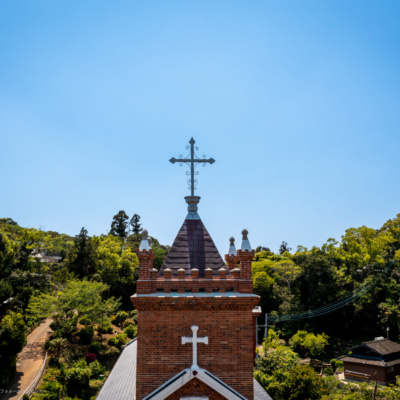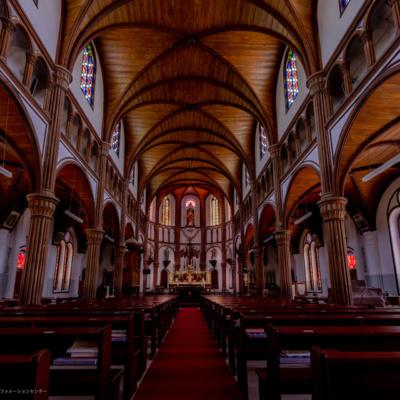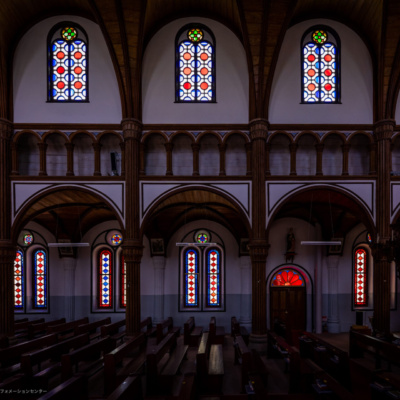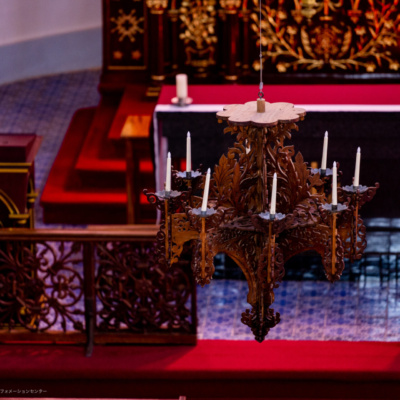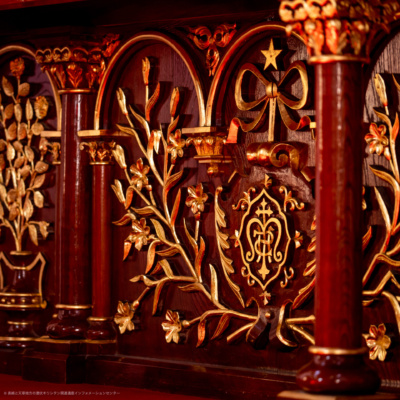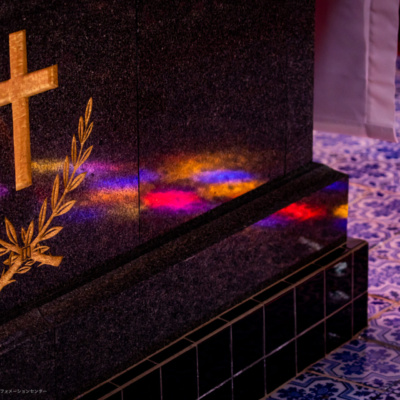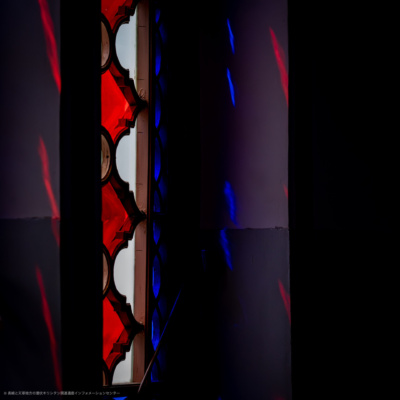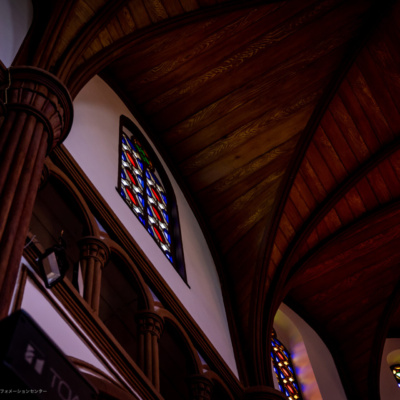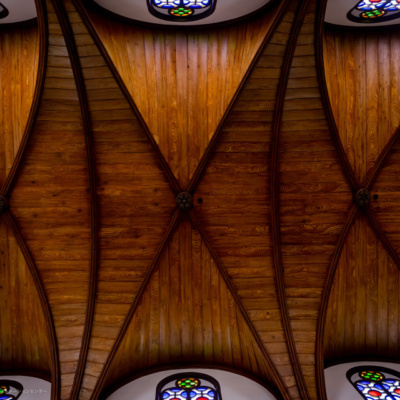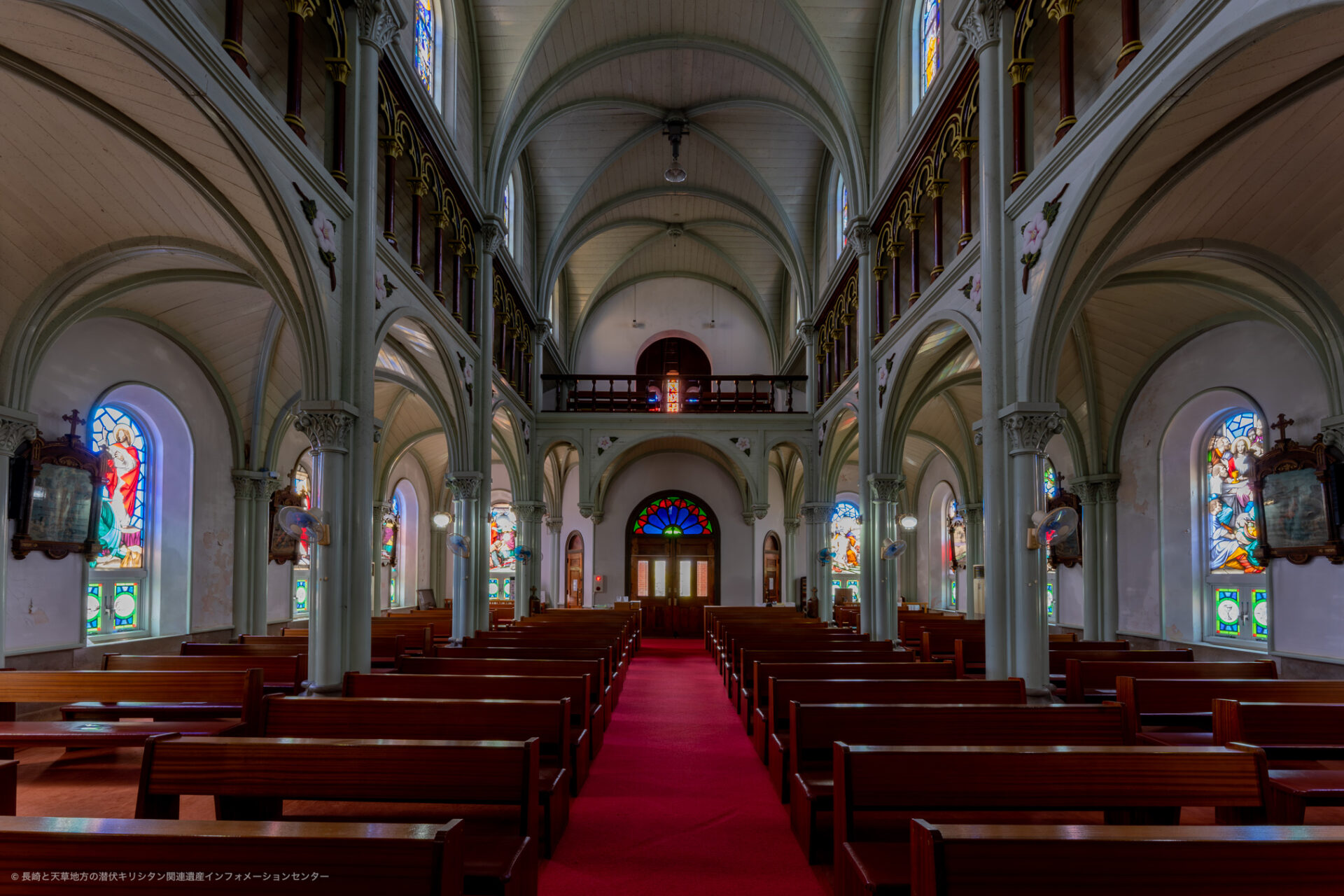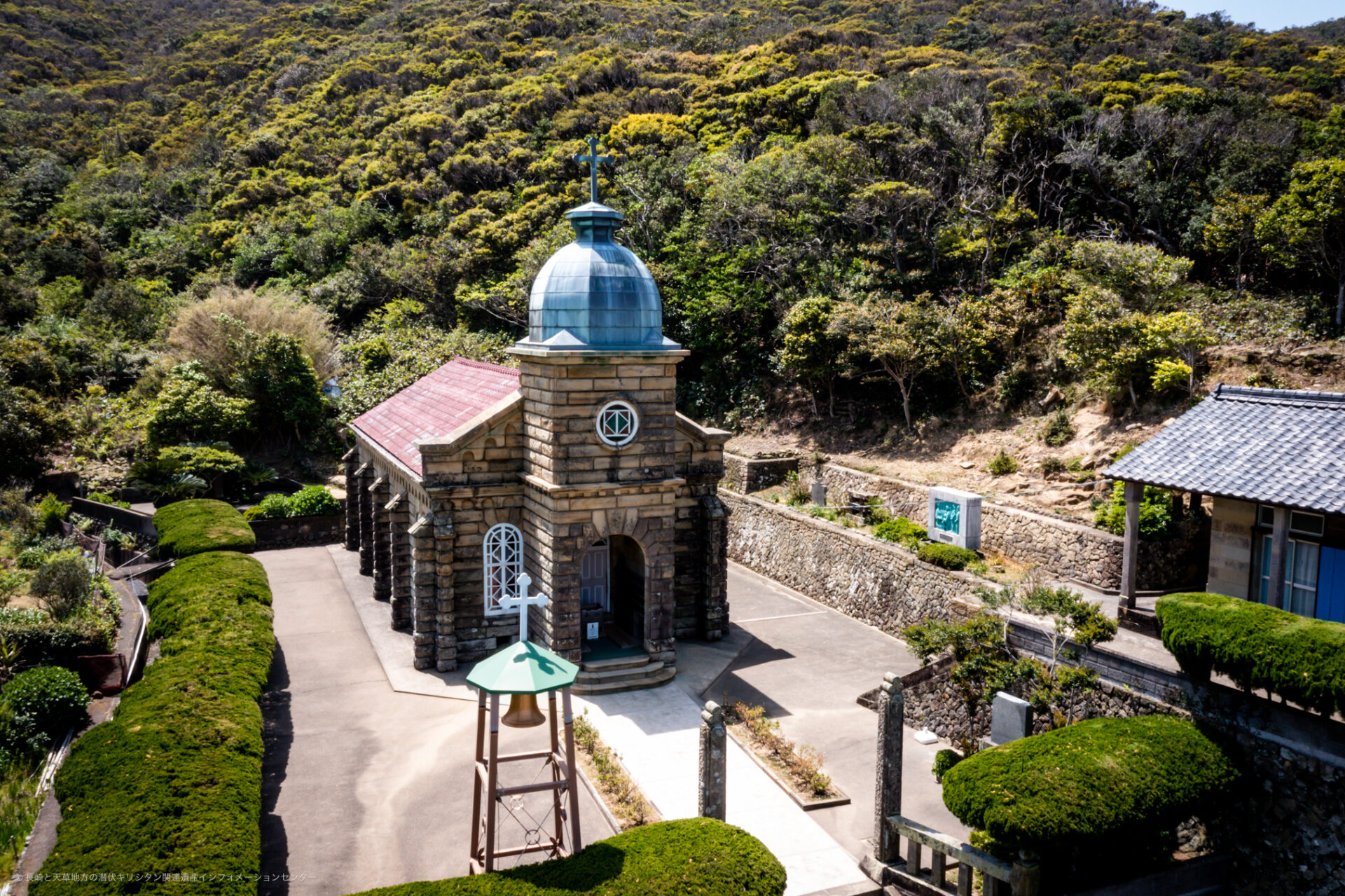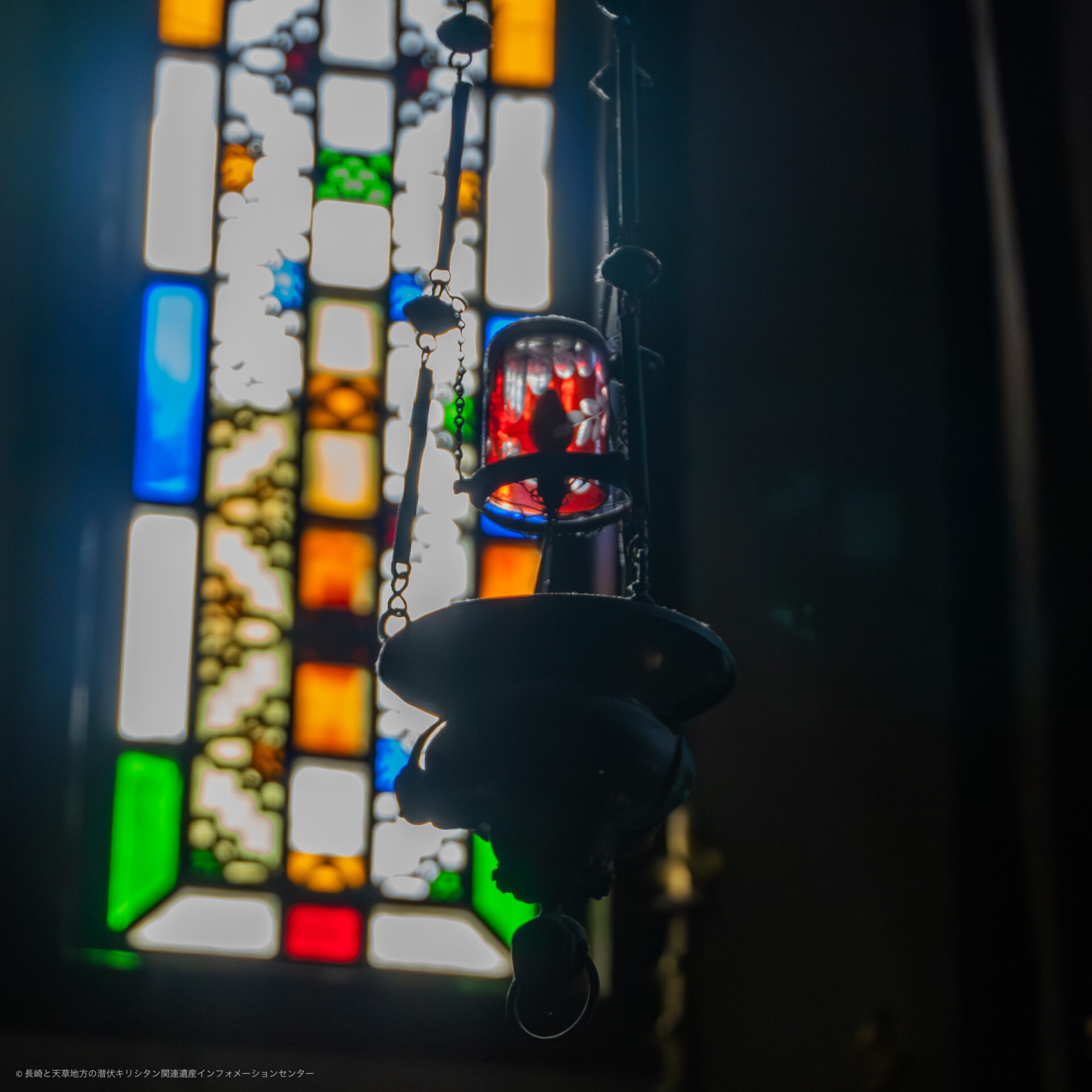Touching history Visiting Churches
Kuroshima Church(Villages on Kuroshima Island)
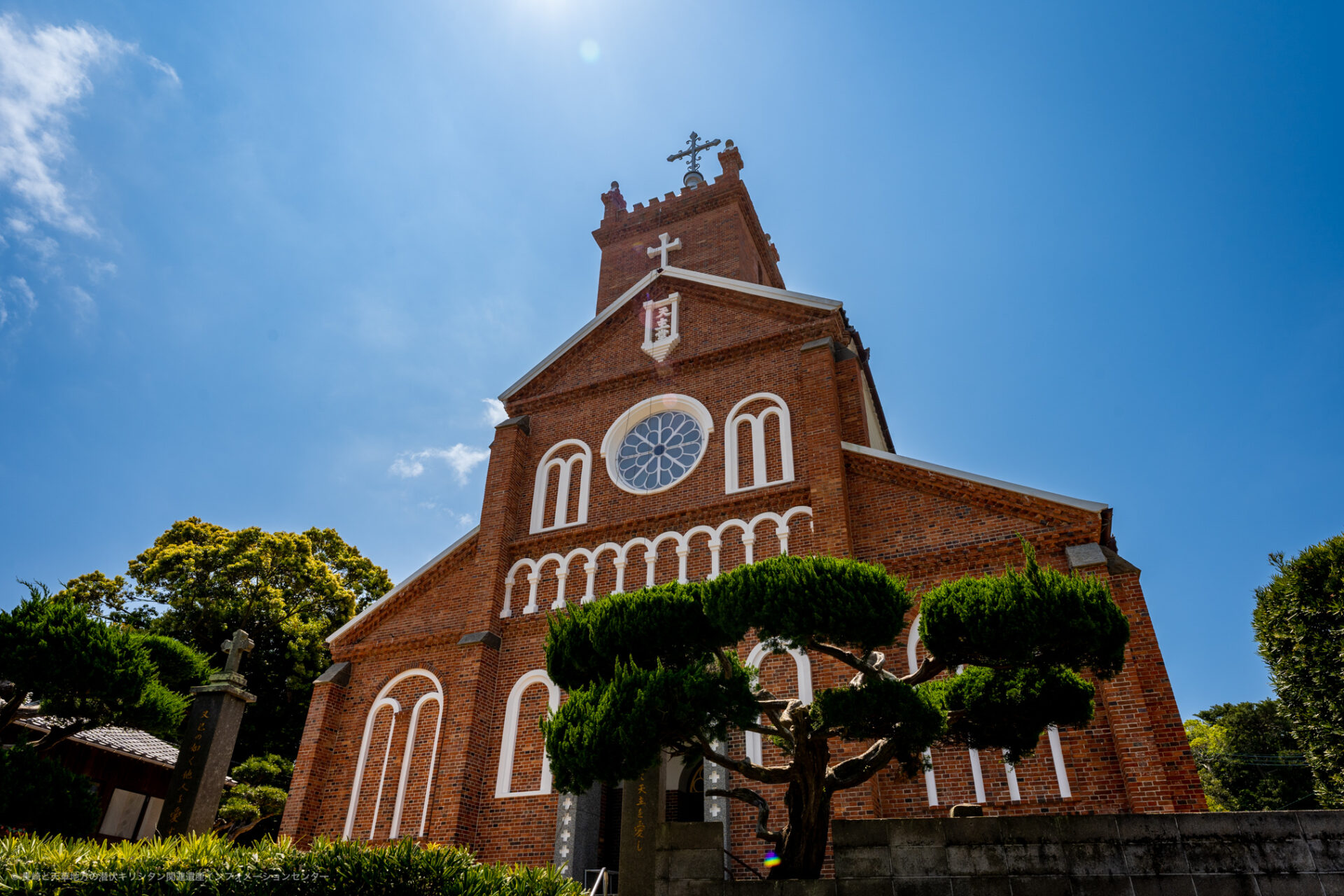
Kuroshima Church(Villages on Kuroshima Island)
For visitors to Kuroshima Church
The Catholic Kuroshima Church in the component ‘Kuroshima Village’ is a church designed by Father Marmand (Joseph Ferdinand Marmand:1849-1912), a French priest of the Paris Foreign Missions Society, and was built in 1902.
As the church of Kuroshima parish, Mass and various religious events are held on a daily basis.
Local believers are stationed and available to visitors (during Mass and liturgy times, they may not be allowed in the building).
Cultural assets, etc. included in the constituent assets
| Cultural Properties Name | Designation category | Designation year |
| Cultural Landscape of Kuroshima Island in Sasebo | Important Cultural Landscape selected by the national government | 2011 |
* Other Cultural Properties
| Cultural Properties Name | Designation category | Designation year |
| Kuroshima Church | Important Cultural Property designated by the national government | 1998 |
History of Christianity in the region.
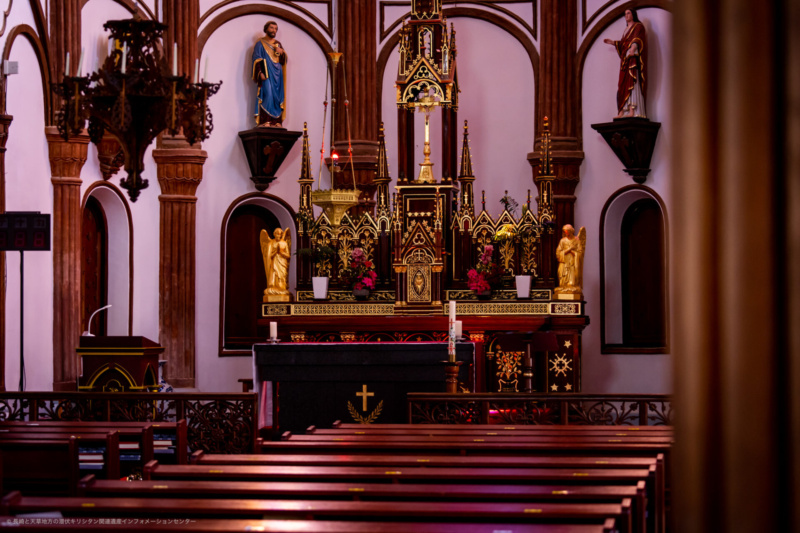
In the Edo period, Kuroshima was inhabited by vassals of the Hirado Matsura clan, and in addition to farming and fishing, it was a pasture for raising military horses for the Hirado clan.
The Nishi clan, vassals of the Hirado clan that held the island, were adherents of Buddhism.
In the late Edo period, ranching was abolished and farmers from the Sotome and Ikitsuki (Omura clan) moved to Kuroshima under the emigration policy.
Under the Christianity ban order, all territorial residents had to follow a system of registering with a temple and proving their Buddhist faith (Terauke). It is said that many of the pioneers were Christian in hiding and continued their faith while pretending to be parishioners of the Soto sect’s Kozenji temple.
In 1873, when the high tags indicating the prohibition were removed and the faith was tacitly accepted, all believers, 80% of the islanders, returned to the Catholic faith.
History of Kuroshima Church
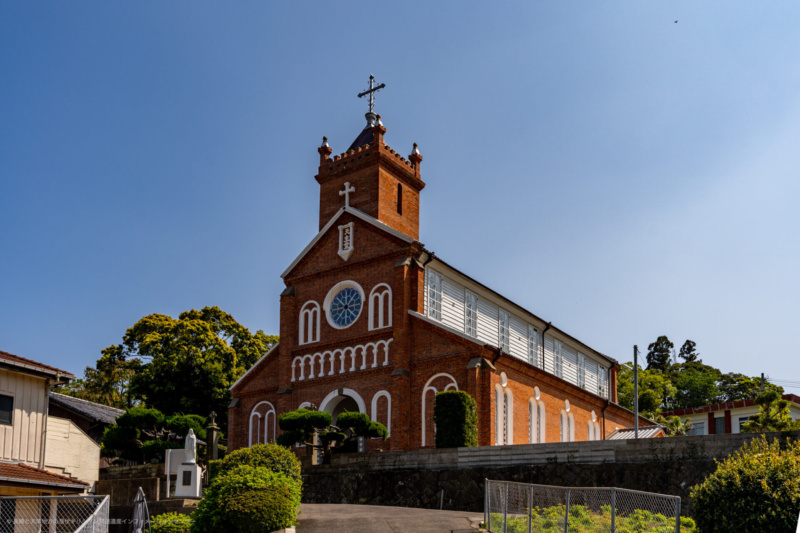
A church was established on Kuroshima in 1874, and priests began to reside there permanently, starting with Father Marmand in 1897. In the same year, the parish of Kuroshima was established.
In 1878, Father Pelu (Albert Charles Arsene Pelu: 1848-1918), who was assigned to the Himosashi Church in Hirado at the time, purchased land in the center of the island (the current site) and built a wooden church in about two years.
In 1897, Father Marman came to the island with the purpose of constructing a new cathedral, and he personally designed and supervised the construction.
The work had to be suspended for a time, but was consecrated by Bishop Cousin (Jules Aophonse Cousin:1842-1911) on June 10, 1902.
The wooden pulpit, chandeliers, and other furnishings were created by Father Marman, and the floor of the inner sanctuary is covered with Arita-yaki tiles. Other features of the church, such as the Kuroshima granite used for the base of the pillars, are well-preserved from the time of its founding, and the church also has a number of features that express its local flavor.
In 1998, it was designated National Important Cultural Property.
Surroundings and location

Kuroshima, one of Sasebo’s Kujukushima, is designated as World Heritage site, with the entire island designated as Important Cultural Landscape.
With a circumference of about 12.5 kilometers and an area of about 5.3 square kilometers, it is the largest island on Kujukushima.
Kuroshima Church is located in the center of the island, and when the new cathedral was built, the site was extended to the west due to the larger size of the building.
Located on high ground where strong north winds blow, the cathedral floor is well drained and dry.
Overview
| Prior notice | Prior notice required for both individuals and groups. |
| Address | 3333 Kuroshima-cho, Sasebo City, Nagasaki |
| Masses/religious events | Thursday, 15:30-16:30 (Catechesis) Please click here to check the “No Visitors” date and time other than those listed above. |
| Visiting Hours | 9:00~12:00/13:00~16:00(Church attendants are stationed there.) |
| Related data | Priority areas for the prevention of littering【PDF file(Approx. 100 KB)】 |
Traffic Access
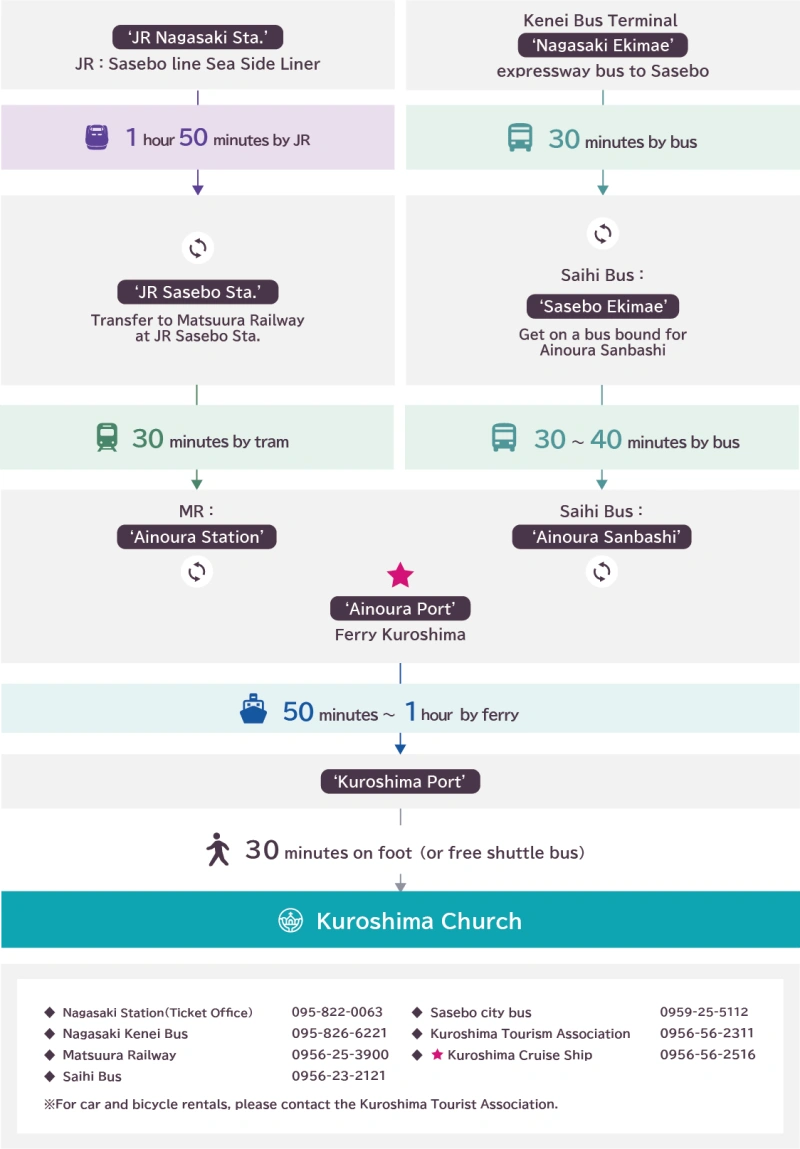
Access Map
Gallery
